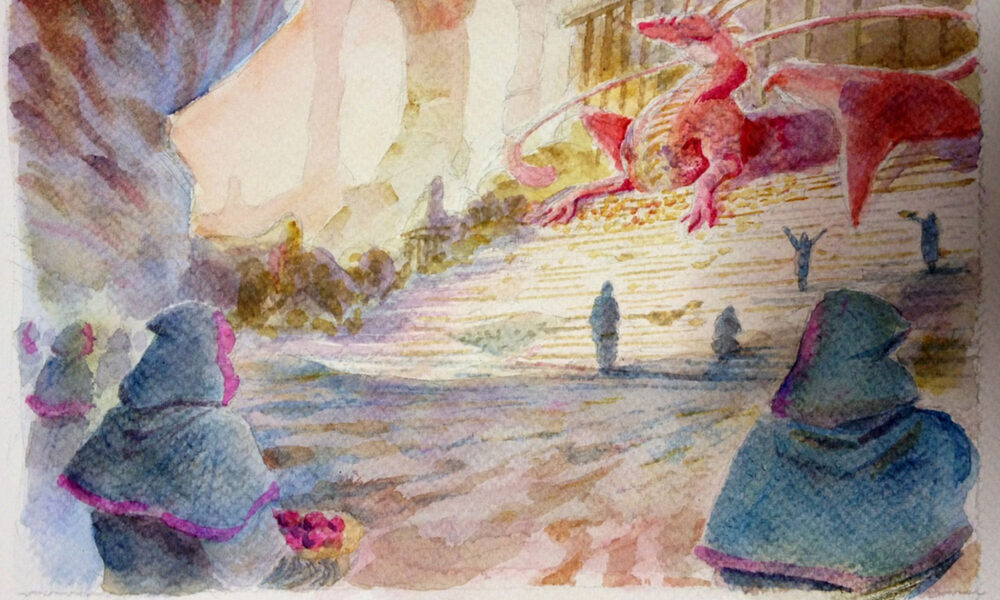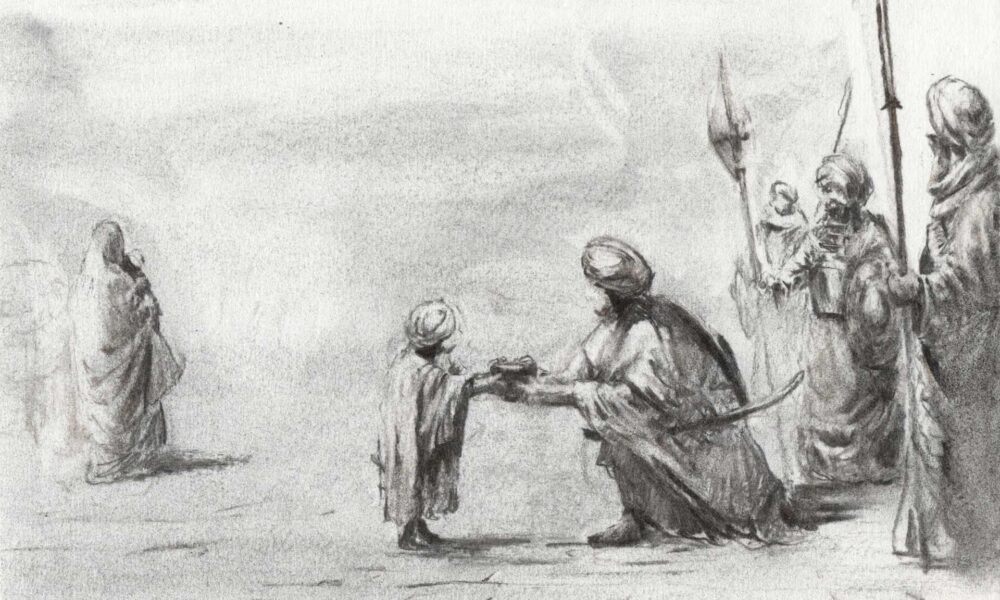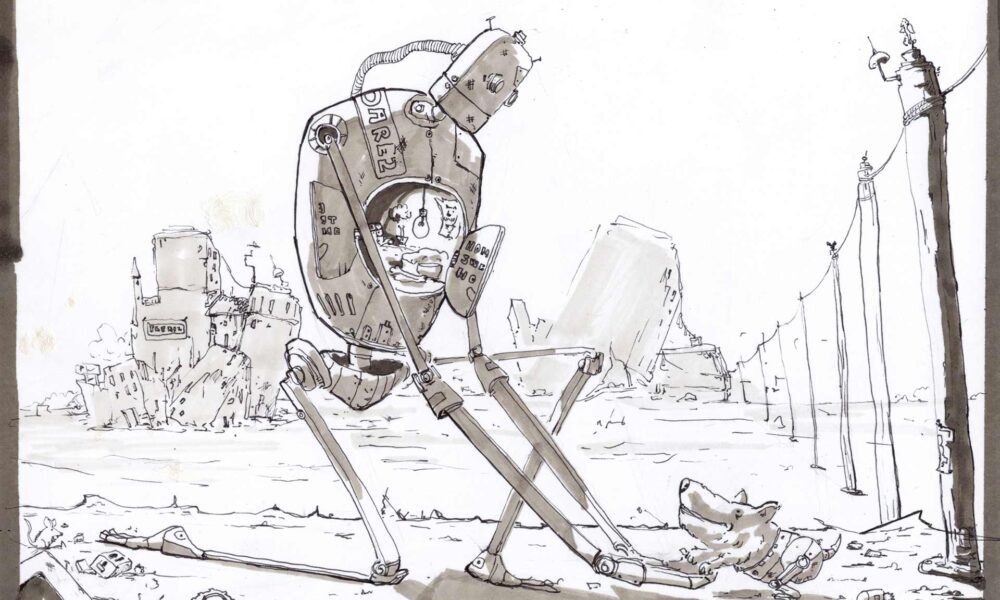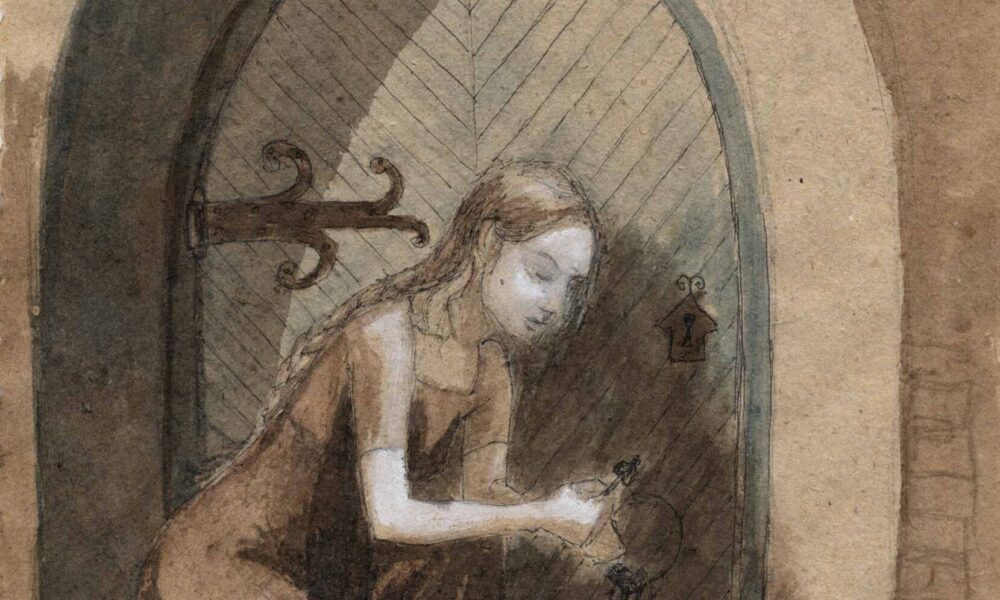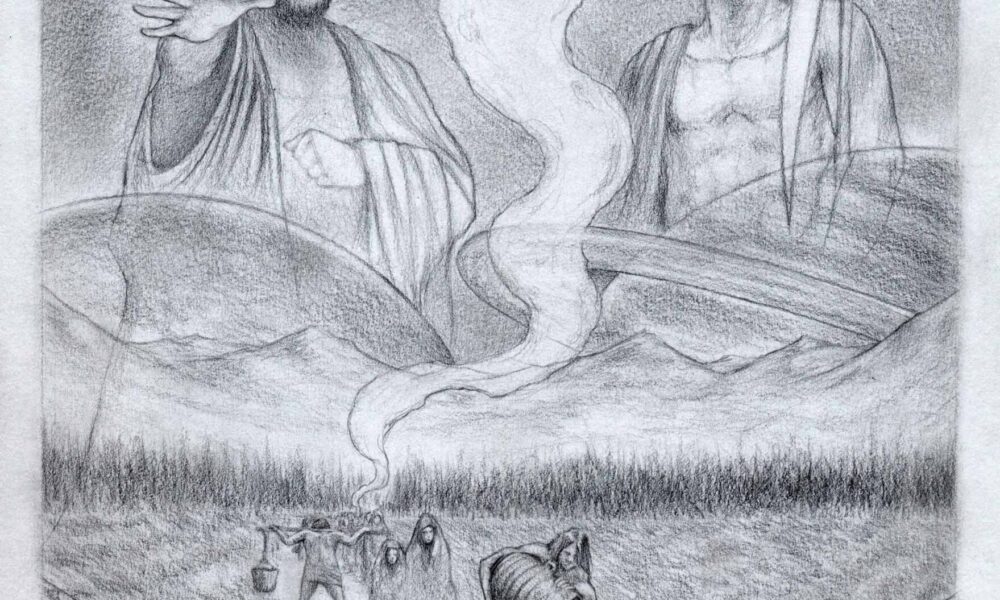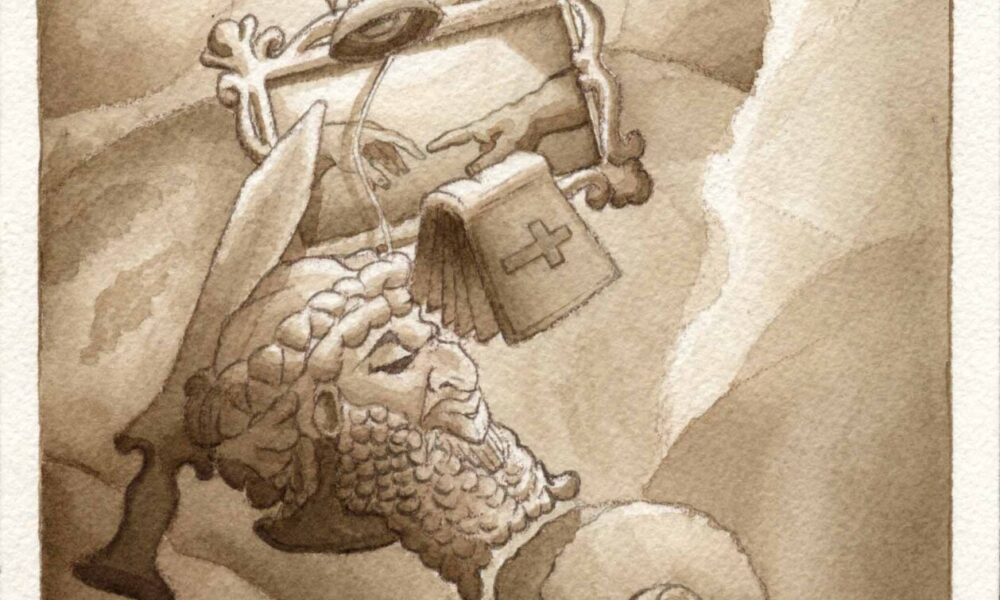Technical excellence, while admirable, should not be an end in itself. It is simply a tool to help the artist effectively express his or her personal vision.
While meeting the essential need for every student to acquire sound technical skills, SARA also actively encourages students to develop and exercise their creativity and imagination. These qualities are what elevate a painting beyond mere technical excellence and up to the level of work that is original, personal, and meaningful. Therefore, unlike similar schools, SARA includes a focus on creativity and imagination as part of its curriculum.
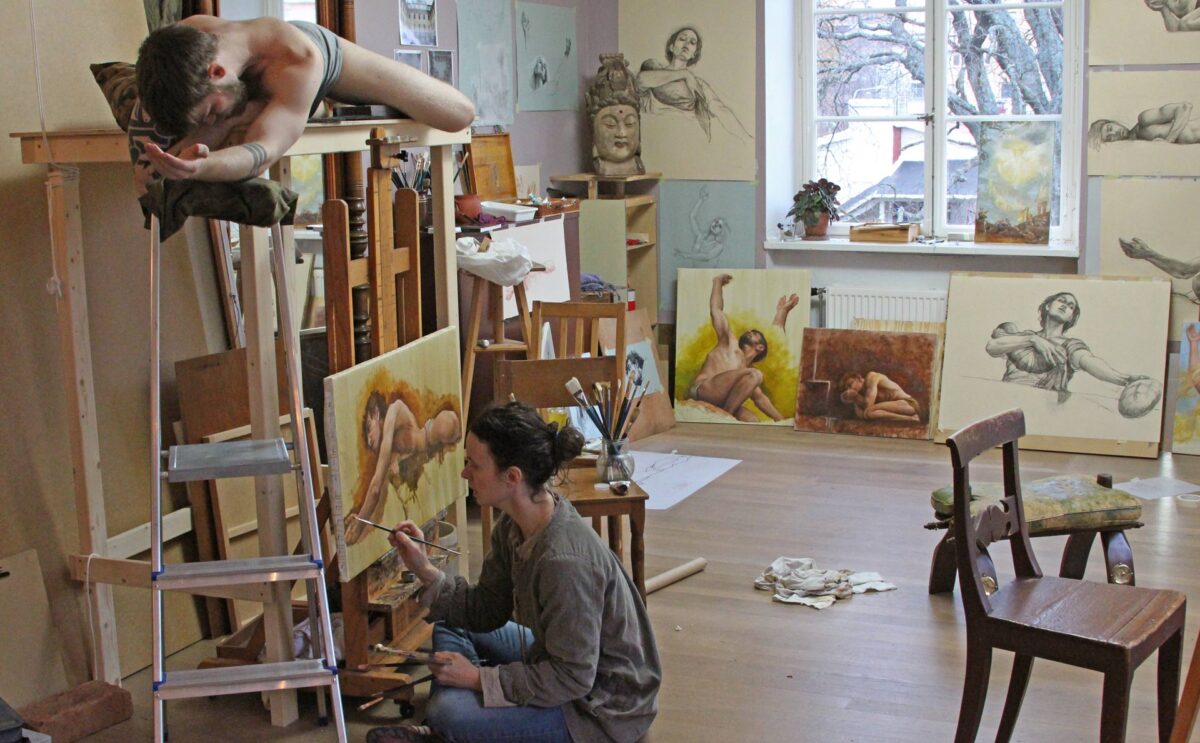
Creativity Seeds
A student’s creativity, as well as their courage to express imaginative ideas, can suffer from the prolonged and intensive study of technique and continual striving for accuracy. For this reason, SARA balances the mastery of technical skills with the practice and development of creative skills. Non-technical subjects, such as composition, expression and mood, are touched upon throughout a student’s training but are more thoroughly addressed in assigned creative exercises. For example, three times per term, a sentence, subject, or a fragment of an idea is presented as a starting point from which students must imagine and create a drawing or painting. The finished sketches are presented, discussed together as a group, and a new starting point, or “seed,” is assigned. During their final year, as culmination of their studies, students focus on a large creative work, called the Creativity Challenge, where they use the techniques and skills they have learned to express a personal vision. Also, to inspire and encourage students to think creatively, the school plans museum visits, sketching trips, symposiums and lectures, continues to expand its art book library and displays original artwork throughout the school.
Below are a few examples of images created for various seeds.
See more examples in our gallery
Note how different students interpreted the same seed. How might you have done it?
'…An excessive absorption of the attention in the most superficial aspect of things tends to the over-development of the simply imitative faculty, which is the lowest gift of the artist, at the cost of his aesthetic faculty and of his imagination, which are the noblest, and tends therefore also to triviality and loss of that which gives to Art its high place amongst the elements of civilization.'
- Lord Frederic Leighton
